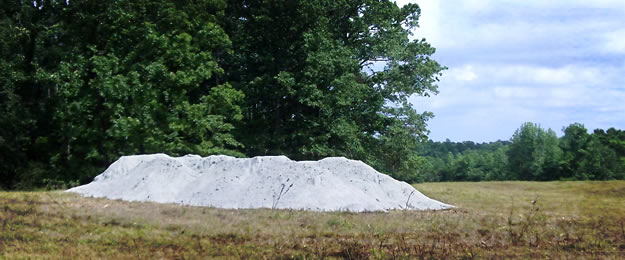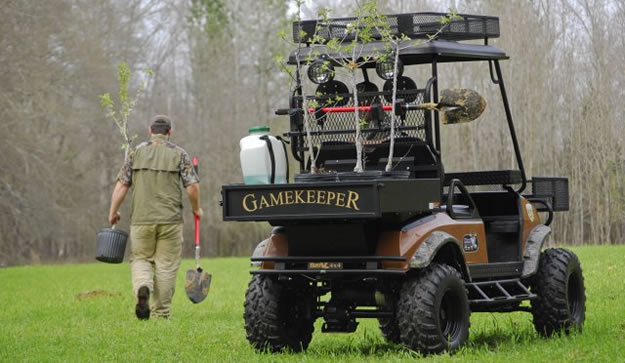
A question we are often asked is “When should I lime my food plots?” The answer is right now. Applying agricultural lime is a critical step in growing successful crops for wildlife. Most soil across the eastern half of the U.S. is fairly acidic by nature, and needs a good dose of ag lime to bring the state of the soil to a neutral or almost neutral level. Applying lime to food plots can present some challenges in the way of transportation of the lime to some of these remote food plots, but don’t let it be an excuse not to do it.
Ag lime can sometimes take anywhere from 6 months up to 18 month to totally break down in a field, depending on how fine a screen the lime was run through at the quarry. A very fine, powdered lime that has been run through a very fine screen will begin to break down in your soil the quickest and begin to neutralize the soil’s acidity.
How often you need to lime will depend greatly on the soil type you have, rainfall, etc. For example, sandy soil will leach nutrients and lime more easily than soils with a heavy clay. Some heavy clay soils may only require liming every 4-6 years, where some very sandy soils may need it every other year. This is where recent soil tests are so important.
Many times, soil samples will call for 1-2 tons of lime per acre. Most types of plants grown for food plots will do best in the 6.5 -7.0 range. Fertilizer will also be much more available to plants when the soil acidity is decreased. Taking the time and effort to lime your fields is essential in your farming for wildlife and can greatly increase your crop production and success.
This conservation tip courtesy of the Wildlife Obsession Newsletter.



























